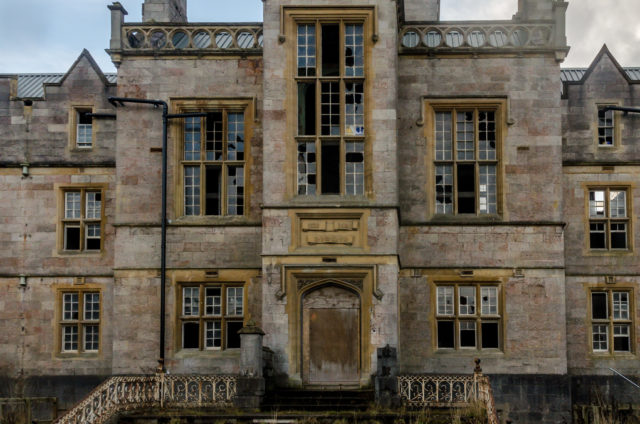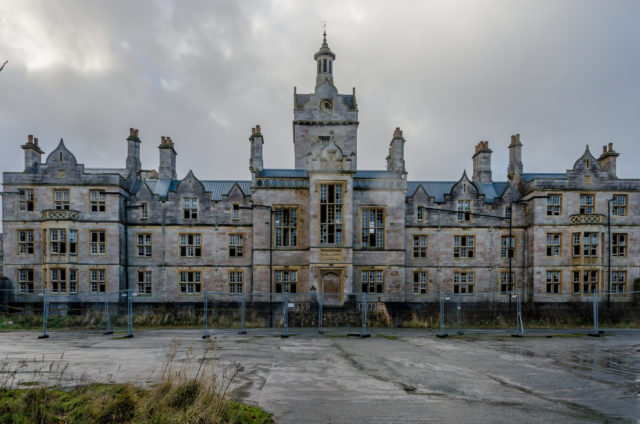Asylum: In September 1842, The Times published a letter from Dr. Samuel Hitch which stated that English asylums were mistreating the Welsh-speaking patients.
A month later, the Denbighshire Infirmary in Wales saw a gathering of wealthy local residents including the nobility, gentry, and clergy.
They were concerned about this lack of care for Welsh-speaking asylum patients and they wanted to improve care for their fellow countrymen. As such, they decided to build a hospital.
Architect Thomas Fulljame designed the mental hospital in 1844. Construction began in September 1844 and was completed in October 1848. The initial capacity of the hospital was 200 people, and only those who spoke Welsh were admitted.
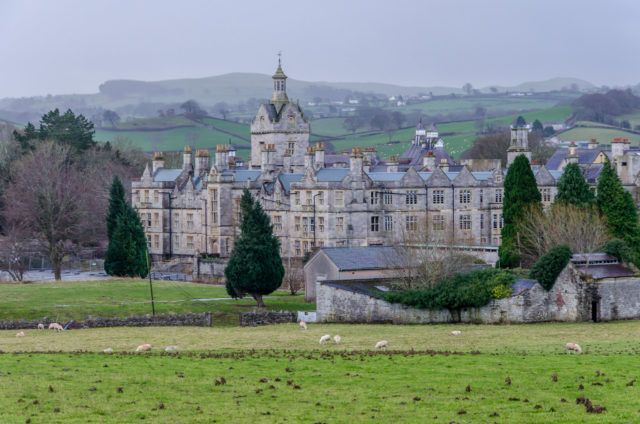
The hospital was built on 20 acres of land that was donated by Joseph Ablett. Initially, the Welsh authorities refused to take financial responsibility, and the founders struggled to raise funds.
But after a direct appeal to the royal family was successful in securing a donation of £200, other contributions started coming in.
In 1862, there was a need to expand the hospital, as the number of patients increased. Between 1862-1865, a new wing was built that could accommodate 150 patients. Nearby farms were acquired to assist with the hospital being self-sufficient, and Glanywern Hall was purchased and converted into overflow accommodation.
Between 1845 and 1913, Commissioners in Lunacy would inspect asylums. The Commissioners constantly criticized the staffing levels at North Wales.
Until 1860, patients were left unsupervised from 10 pm until 6 am. Eventually, each section of the hospital was assigned one employee for night shifts.
Staff at the hospital were selected on the basis not only of their knowledge of the Welsh language but also on their musical skills and sporting abilities because the staff often organized social activities for the patients, such as concerts and dancing.
The first medical training was given to staff in 1892 when 42 of them passed tests set by St John’s Ambulance Association.
The hospital reached peak capacity in 1956 when it housed 1,500 patients. After that, the number of patients began to decrease slowly.
The male and female patients were housed in separate wings. Any patient who was able to work was given a set task to do, generally assigned by gender. Men were employed on the farm and in the gardens, and it was the men who also made clothes and shoes. Women worked in the laundry room and did any sewing and mending that was required.
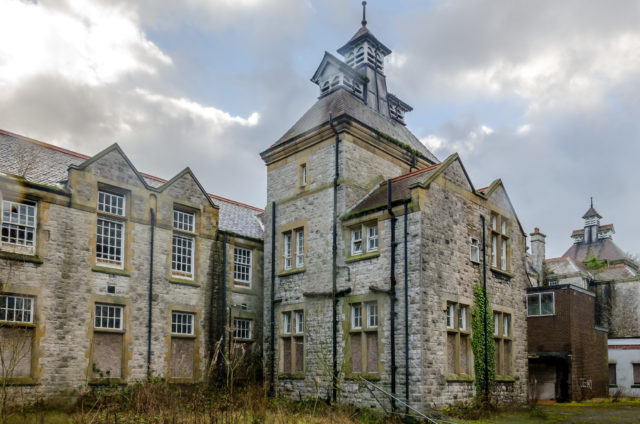
Over the years, the British government started to promote a Care in the Community policy, which focussed on caring for people with mental health issues at home rather than in institutions.
As a result, in 1987, plans were drawn up to close the hospital.
By 1991, sections of the facility began to close down. In 1995, the main ward was shut down, and the whole institution was closed by 2002.
After closing, this abandoned place was plagued by robbers, vandals, and even arsonists. Fires set in February and July 2017 damaged parts of the building so badly that it was decided they couldn’t be repaired and would have to be demolished, although no such action was actually taken.
However, not all the damage was criminal. A joint exercise carried out by North Wales Police and the armed forces was the cause of some of the damage to the building, as the exercise involved blowing off the doors.
In 1999, the hospital building was sold for £155,000 and despite various plans being put forward, none of these were put into action and the site remained abandoned.
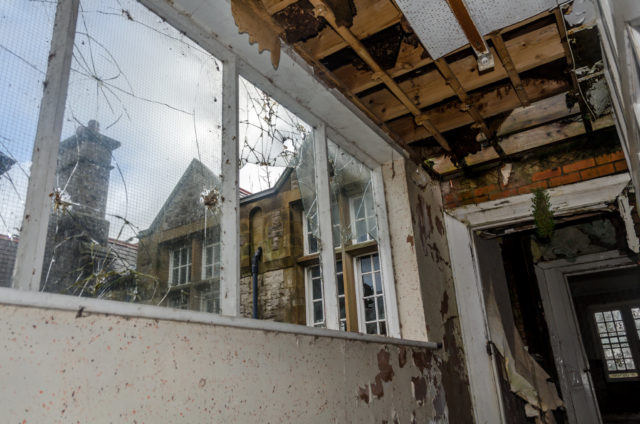
There were plans to build 280 residential buildings, but permission for such a project lapsed when the recession hit in 2009 without any work starting on the site.
In June 2011, the Denbighshire Council was forced to spend about £930,000 on emergency work after the owners ignored a dangerous structure notice. The owners refused to compensate the Council for such work, arguing over the actual cost of the works.
Sometime in 2012, the Council announced its intention to compulsorily purchase the property and transfer it to the North Wales Building Conservation Fund, a trust which had been established specifically to care for this abandoned site.
The owners of the site tried to get the compulsory purchase order (CPO) overturned but failed. Before the order was put into effect, the owners tried to sell the property at auction in May 2015, but the reserve price of £2.25 million was not met. In 2018, the Council finally took over ownership under the CPO, and a transfer was made to the Fund.
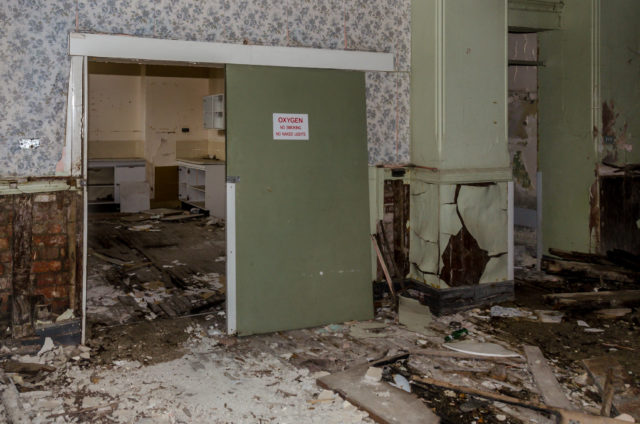
There were a couple of proposals on the table while the CPO was being organized. The first was from the Fund which, working in partnership with The Prince’s Regeneration Trust.
They had obtained planning permission for conversion of some buildings into apartments along with permission to demolish other sections of the site and put up 200 houses and business units.
The other proposal was from Signature Living, which wanted to build a hotel and some housing. When Signature Living put forward its proposal in April 2018, it pointed out that its plans would maintain all the extant buildings, something which the other proposals didn’t include.
In the end, the Council went with the Fund’s proposal, and revised plans to build 300 houses and demolish up to half the buildings were put forward in December 2018.
While this was all going on, in 2017, the Wellcome Foundation provided a grant of £130,000 to both catalog and preserve the medical records stored in the Denbighshire Archives.
These records contain information such as annual reports and committee minutes, confidential patient records, and various financial records and employee information.
So, no matter how the site is eventually used, part of its history will still be in safekeeping.
More amazing images from Robin here Flickr
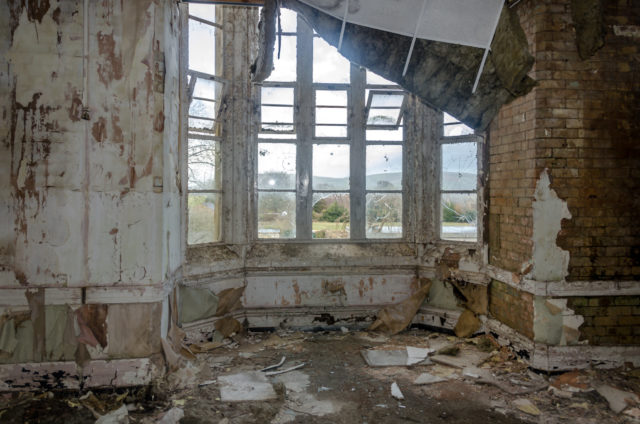
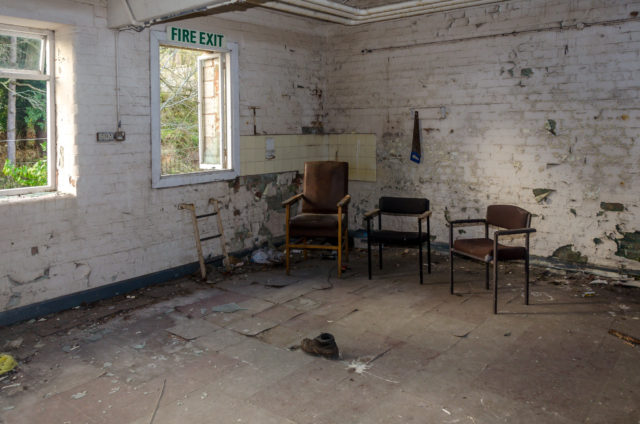
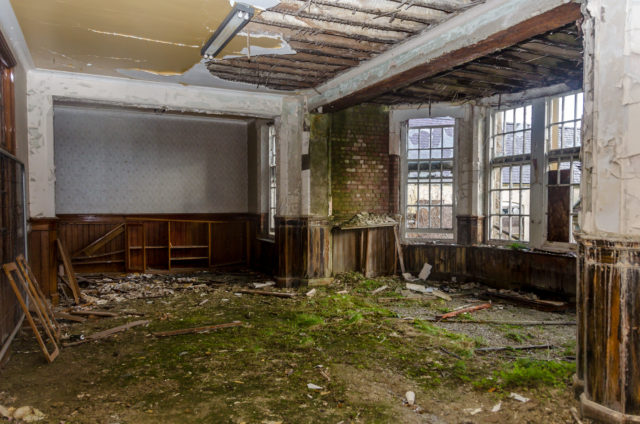
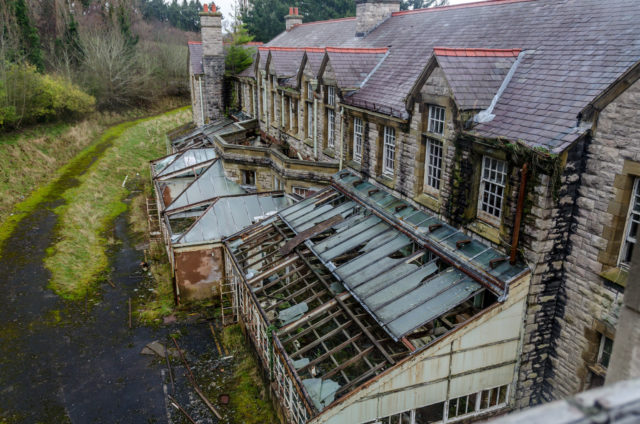
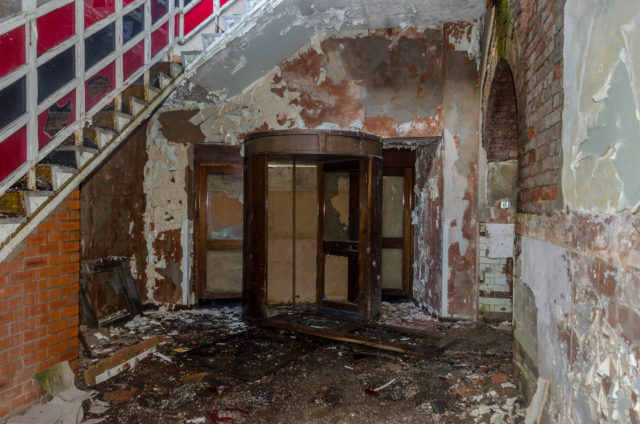
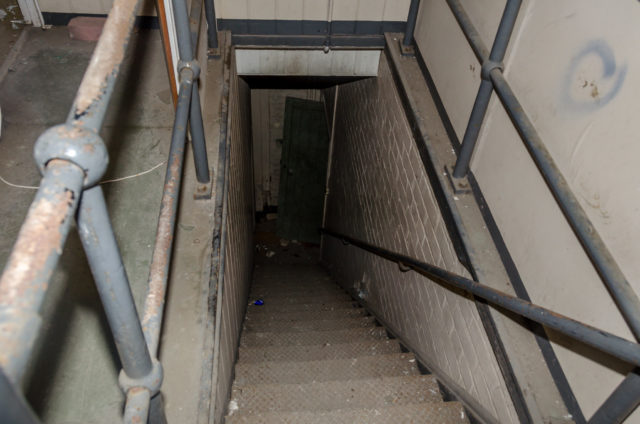
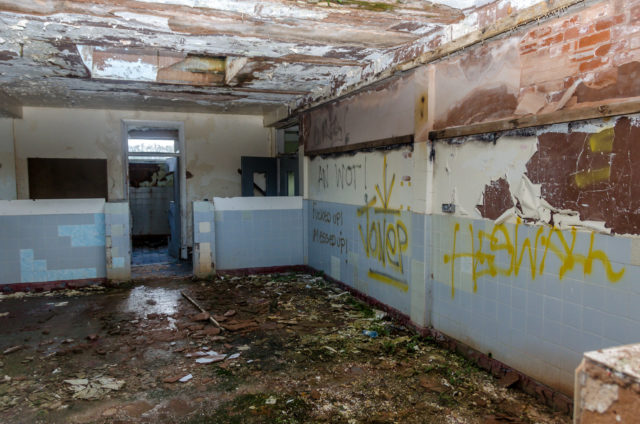
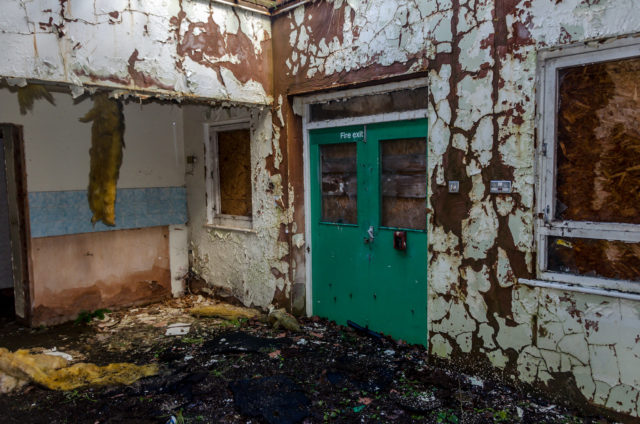
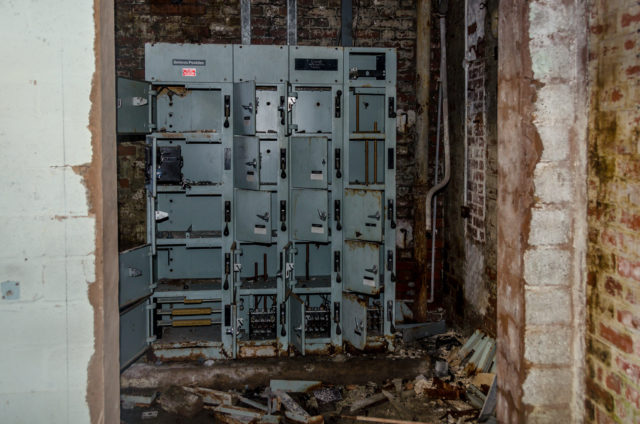
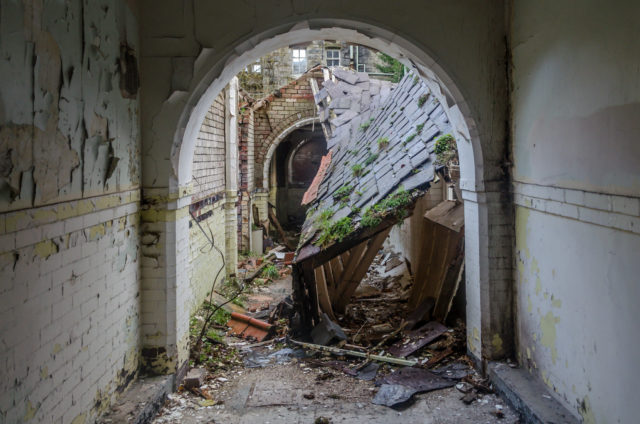
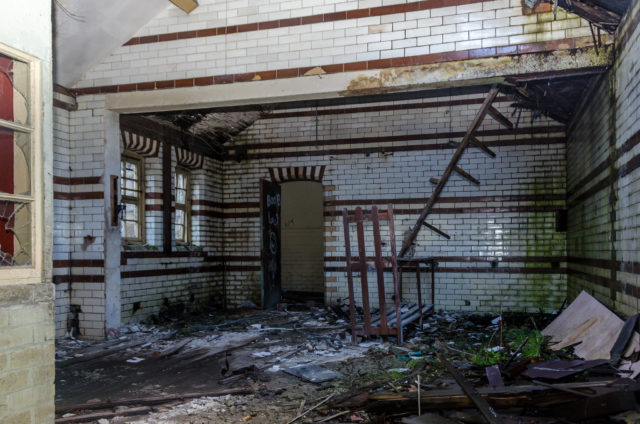
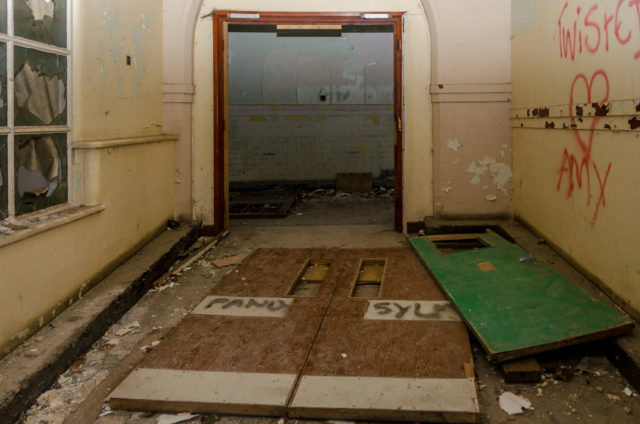
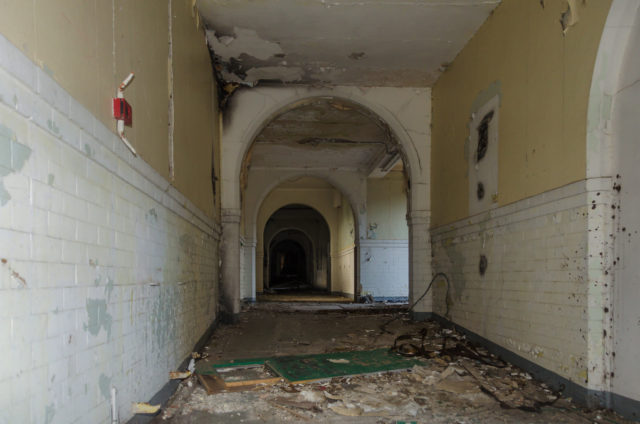
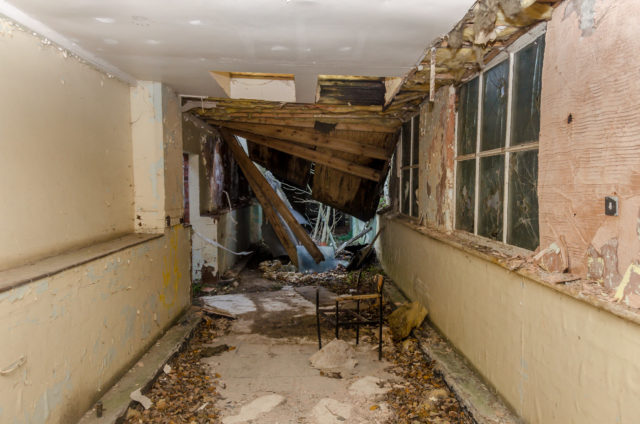
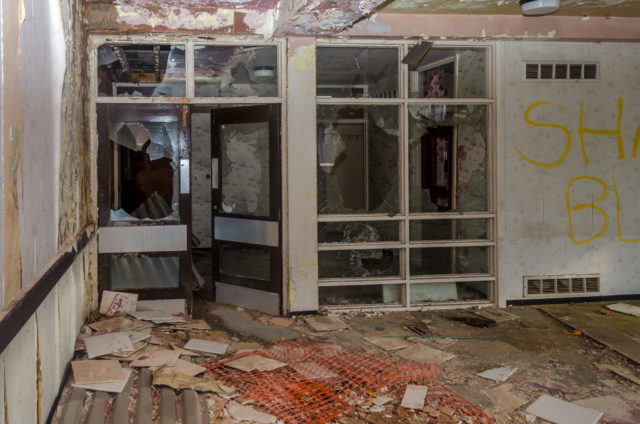
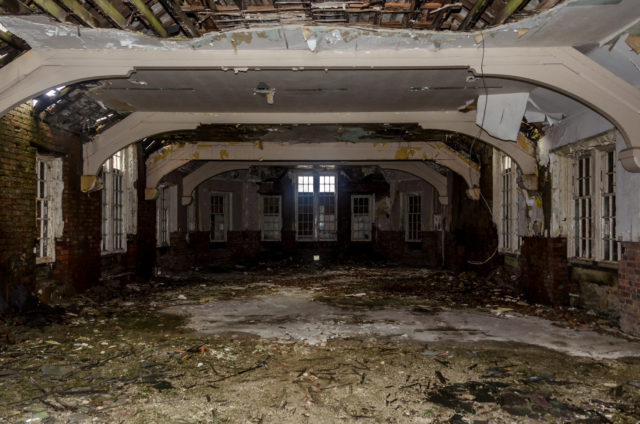
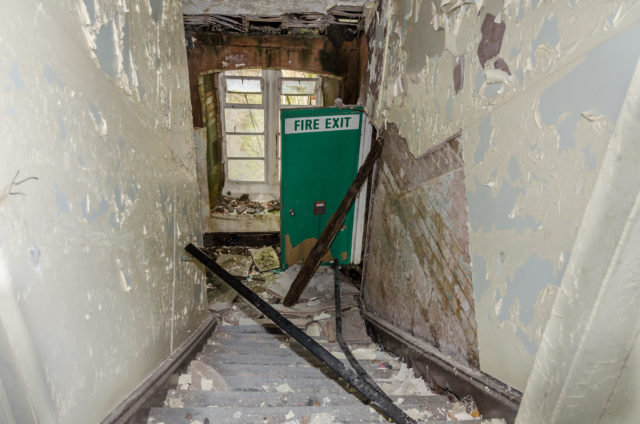
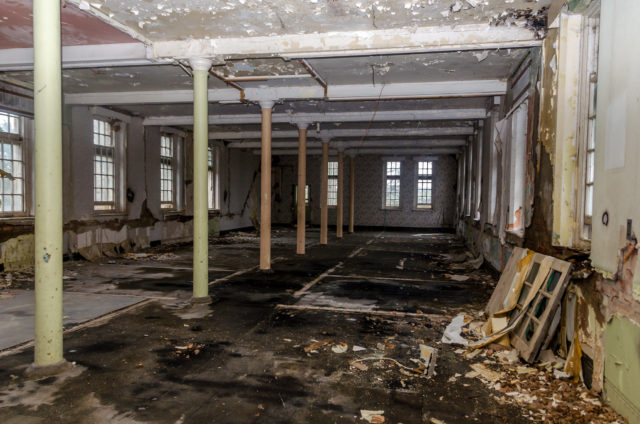
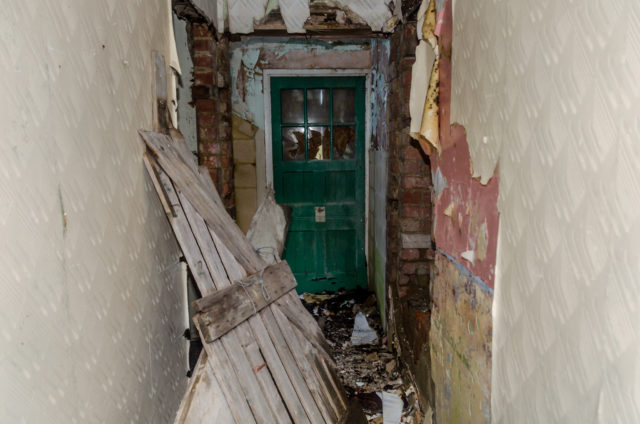
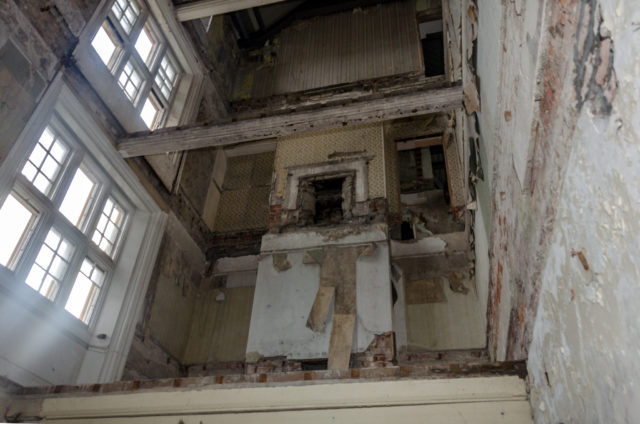
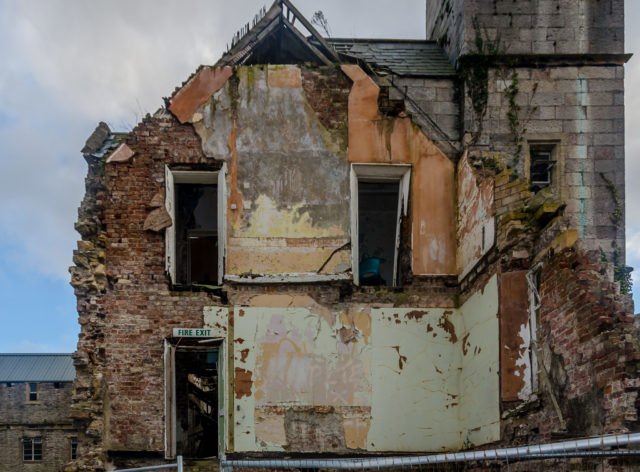
Another Article From Us: The Beautiful Crossness Sewage Pumping Station
